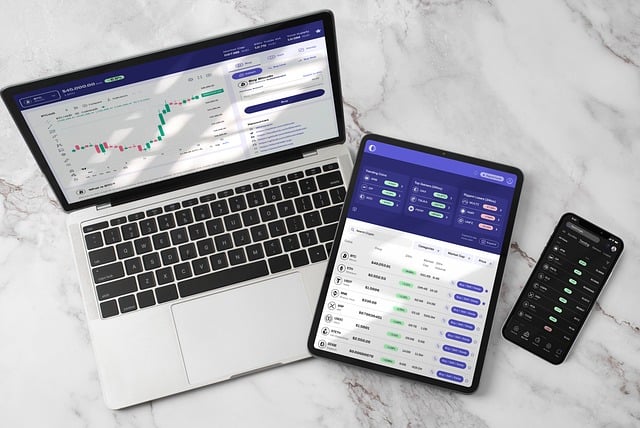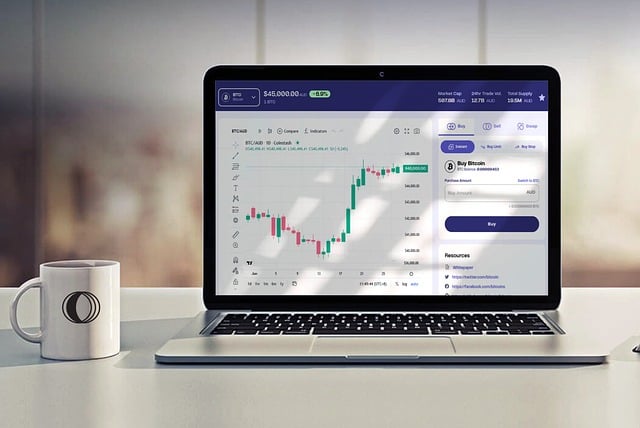How Many Times Can You Trade Crypto? Understanding the Limits and Strategies
Cryptocurrency has revolutionized the way we think about money, investment, and financial freedom. The flexibility that comes with trading cryptocurrencies opens up a variety of opportunities, yet it also raises important questions about how often one can trade, the regulations surrounding it, and strategies that can impact overall success. In this article, we will explore these aspects in depth, providing insights into crypto trading frequency, regulations, and best practices.

Understanding Cryptocurrency Trading
Before diving into how frequently one can trade cryptocurrencies, it is essential to grasp what cryptocurrency trading involves. Crypto trading refers to the act of exchanging crypto assets for another asset, which can either be another cryptocurrency or fiat money (like USD, EUR). This trading can happen on various platforms, primarily cryptocurrency exchanges, which enable users to buy, sell, or trade digital currencies.
Types of Crypto Trading
There are several forms of trading in the crypto market, and each type offers different frequencies and strategies:
- Day Trading: This involves making multiple trades within a single day, capitalizing on short-term price movements. Traders can perform numerous trades in a day, which is not unusual for this category.
- Swing Trading: This strategy focuses on taking advantage of price swings over days or weeks, with fewer trades than day trading but still a considerable number.
- Scalping: Scalpers aim to make small profits from tiny price changes, often leading to hundreds of trades in a day. This requires a strict strategy and keen analytic skills.
- Long-Term Investing: This approach involves buying and holding cryptocurrencies for extended periods, minimizing the frequency of trades.
Is There a Limit to How Many Times You Can Trade?
A common question among both novice and experienced traders is whether there are limits on the number of trades one can execute within a specific period. The answer varies based on multiple factors, including the trading platform, market conditions, and regulatory environments.
Exchange Policies
Different exchanges have different policies regarding trading frequency. Some exchanges do not impose limits, allowing traders to execute as many transactions as they wish. However, this can differ in regions with stricter regulatory frameworks. For instance, platforms operating within the United States may have certain restrictions due to regulatory requirements.
Market Conditions
The liquidity of a cryptocurrency market also plays a significant role in trading frequency. During times of high volatility, traders may see more favorable conditions for trades and can execute more transactions. Conversely, in a bear market or during low liquidity periods, it might not make sense to trade frequently.
Regulatory Considerations
Certain jurisdictions regulate the frequency of trading particularly when considering taxes. Frequent trading can lead to capital gains taxes that affect profits. Additionally, some regulations aim to prevent market manipulation, which can impose limits on how traders operate.
Strategies to Optimize Trading Frequency
While the number of trades one can execute varies, optimizing how and when to make those trades is crucial for success. Here are some strategies I believe can enhance trading outcomes:
Set Clear Goals and Limits
Understanding your trading goals is vital. Are you looking to day trade for quick profits, or do you prefer a long-term approach? Setting technical and emotional limits can aid in maintaining discipline, helping traders avoid impulsive decisions that could lead to heavy losses.
Utilize Technical Analysis
Analyzing charts and trends is essential to making informed trading decisions. Technical analysis tools can provide insights into market behavior and potential entry or exit points. This helps to ensure that trades are executed based on solid data rather than emotions.
Automate Your Trades
Many traders use automated trading systems to enhance frequency and efficiency. By setting specific criteria, these systems can execute trades automatically without the trader needing to monitor the market constantly.

Potential Risks of Frequent Trading
While frequent trading can be lucrative, it also comes with inherent risks. Here are some critical risks that traders should consider:
Emotional Trading
Trading frequently can sometimes lead to emotional decision-making, where traders might react impulsively to price changes instead of adhering to their trading strategies. This can result in significant losses.
Transaction Fees
Most exchanges charge fees per trade, and trading frequently can accumulate substantial costs that might eat into profits. Evaluating the fee structure of the chosen trading platform is crucial.
Market Manipulation and Scams
High-frequency trading can sometimes attract ill-intended parties aiming to manipulate markets. Being cautious and conducting due diligence on the assets traded is vital to avoiding scams.
Conclusion: How Many Times Can You Trade Crypto?
Ultimately, the frequency of trading cryptocurrencies is not rigidly defined but rather a reflection of individual strategy, market dynamics, and platform policies. As traders engage in this fast-paced environment, it is essential to remain aware of personal goals, emotional responses, and operational risks. By adopting smart trading practices and continually educating oneself, participants in the crypto market can navigate its complexities more effectively.
In my opinion, finding a comfortable balance between trading frequency and strategy is key to achieving sustainable success in the world of cryptocurrencies. Whether trading actively or passively, staying informed and cautious can set a firm foundation for a profitable trading experience.